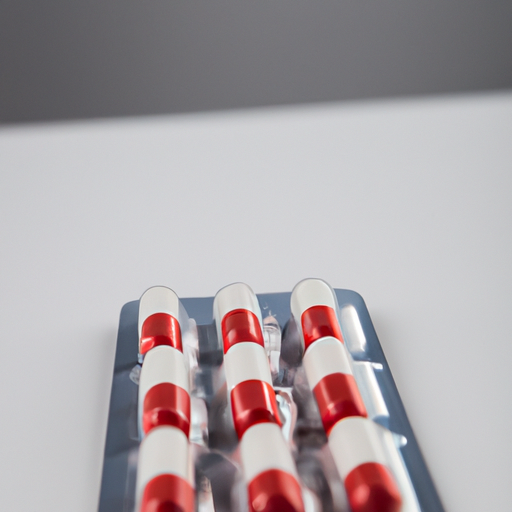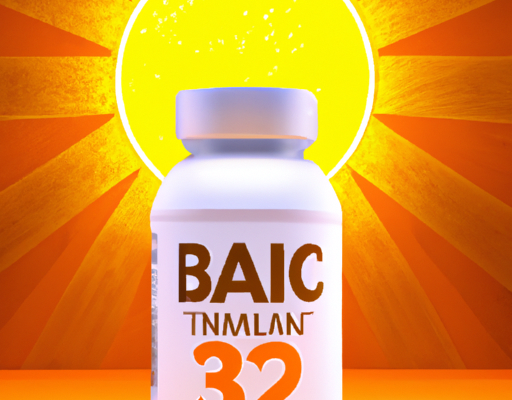Symptoms
Contact Dermatitis of the Ankle is an irritant skin condition caused by an allergen or irritant coming into contact with the skin. It is characterized by redness, itching, swelling, blistering, and even pain in the affected area. Those who suffer from this condition may also experience cracking and peeling of the skin. In severe cases, the skin may become crusted and broken. Depending on the cause, treatment may include topical and oral medications, special creams, or avoiding contact with the irritant. Other treatments may involve lifestyle changes, such as wearing more protective clothing, avoiding perfumes and cosmetics, or taking a break from contact with certain materials.
Causes
Contact Dermatitis Ankle is a skin condition that mainly affects the skin on the ankles. It is caused by an allergic reaction to certain substances. The most common causes of contact dermatitis on the ankle are:
- Contact with irritants like scented soaps, detergents and skin care products with fragrances
- Allergens like nickel, rubber and plant materials
- Exposure to chemicals and solvents
- Exposure to bacteria, fungi and other microscopic organisms
- Direct contact with certain plants and animals
It is important to note that contact dermatitis can be caused by a variety of factors. If you think you may be suffering from contact dermatitis on your ankles, it is essential to seek medical advice to determine the exact cause and to start an appropriate treatment plan.
Diagnosis
Contact dermatitis of the ankle is a condition in which the skin on the ankle becomes red, itchy, and inflamed due to direct contact with an irritating substance. It is a form of eczema, which is a general term for several types of inflammatory skin conditions. Contact dermatitis of the ankle is usually caused by an allergic reaction to the material that comes into contact with the skin, but can sometimes result from a non-allergic reaction.
Diagnosing contact dermatitis of the ankle involves:
- Conducting a physical examination of the affected ankle
- Taking a medical history to determine any contact with potentially irritating substances
- Performing allergy tests to determine any allergies
- Performing a skin biopsy to confirm the diagnosis
Your doctor may also recommend other tests, such as blood tests, to rule out other possible causes of the condition. Once the diagnosis is confirmed, your doctor will develop a treatment plan to help reduce the inflammation and discomfort.
Treatments
Contact dermatitis can be a very inconvenient condition to manage, particularly if it is on the ankles. Fortunately, there are a variety of treatments available to help relieve symptoms. Topical steroid creams and ointments can help reduce inflammation and itching, while antifungal and anti-bacterial medications can help treat any secondary infections. In more severe cases, a doctor may prescribe an oral or injectable steroid for more intensive relief. In addition to medication, lifestyle changes can help prevent contact dermatitis on the ankles. Wearing shoes that protect the feet from irritants can help lessen the likelihood of flare-ups. Keeping feet clean and dry can also help significantly reduce the severity of symptoms. With proper treatment, contact dermatitis can be managed safely and effectively with minimal discomfort.
Prevention
Contact dermatitis of the ankle is a condition that can be difficult to treat and prevent. It is caused by contact with an allergen, irritant, or chemical, and results in a red, itchy rash on the skin. Taking proactive steps to prevent contact dermatitis of the ankle is the best way to avoid a flare-up. Some of the best ways to prevent contact dermatitis on the ankle include avoiding contact with known allergens and irritants, wearing protective clothing and shoes, and keeping the skin clean and dry. If you know that you have a contact allergy, it is important to wear gloves when handling the allergen or chemical. When engaging in activities such as gardening, do not forget to wear protective clothing and gloves. Additionally, it is important to moisturize the skin regularly to help keep it healthy and to help avoid flare-ups. By taking these proactive steps, you can help reduce your risk of developing contact dermatitis of the ankle and reduce the severity of any flare-ups.
Complications
Contact dermatitis of the ankle can be a very uncomfortable and painful condition. It is important to recognize the symptoms and take steps to treat it as soon as possible, as it can lead to a number of potential health complications. These include:
- Secondary infections due to scratching or improper treatment.
- Skin discoloration and scarring.
- Allergic contact dermatitis, which is a reaction to certain substances.
- Systemic contact dermatitis, which can cause severe inflammation throughout the body.
It is important to be aware of these potential complications and take the necessary steps to reduce the risk of them developing. This includes avoiding contact with any known irritants, seeking medical advice, and following the doctor’s recommended treatment plan.
Outlook
Contact dermatitis of the ankle is a skin condition that can be uncomfortable and cause considerable frustration for those dealing with it. Treatment of contact dermatitis on the ankle can vary depending on the cause, but typically involves avoiding contact with the offending agent, applying a topical steroid medication, and in some cases, taking an antihistamine. In most cases, contact dermatitis on the ankle can be effectively managed or prevented with a few simple strategies. These include keeping the feet dry, wearing comfortable shoes and socks, avoiding contact with substances that cause allergies, and wearing protective gloves when necessary. In addition, making sure that skin is well hydrated can help reduce the chance of a flare-up. With proper management, contact dermatitis on the ankle can be kept under control, allowing those affected to continue to live an active and comfortable life.





No Comments